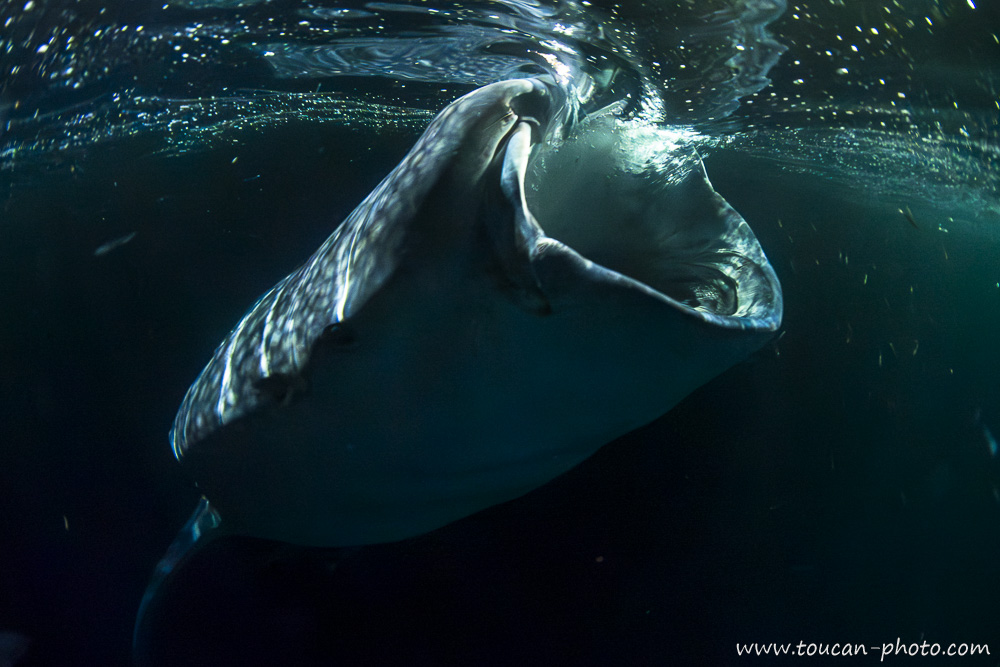
Whale Shark (Rhincodon typus) – Djibouti
In the deep, dark waters of the Gulf of Tadjourah, off the coast of Djibouti, emerges a majestic silhouette: the whale shark (Rhincodon typus), the largest fish in the world. With its enormous mouth agape, it filters thousands of liters of water each hour, harvesting plankton and tiny prey suspended in the ocean. Despite measuring between 12 and 18 meters long, this gentle giant is completely harmless to humans.
Its feeding strategy is simple yet remarkably efficient: it swims slowly with its mouth wide open, filtering up to 6,000 liters of water per hour. Each day, it can consume several dozen kilograms of plankton, fish larvae, and small crustaceans. The nutrient-rich waters of Djibouti, especially between October and February, attract these giants in search of food, offering rare and unforgettable encounters.
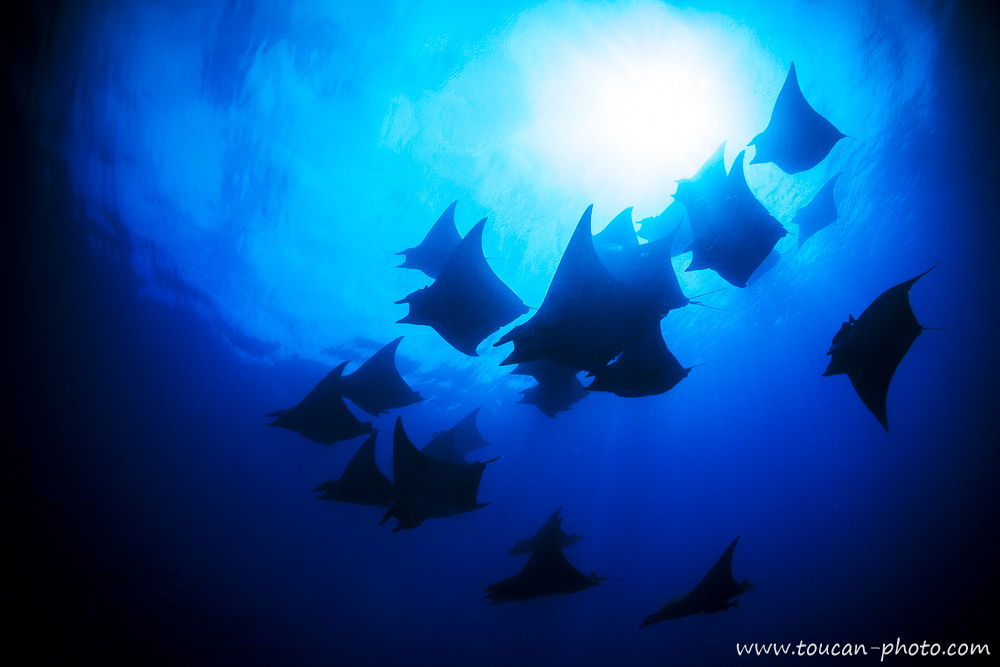
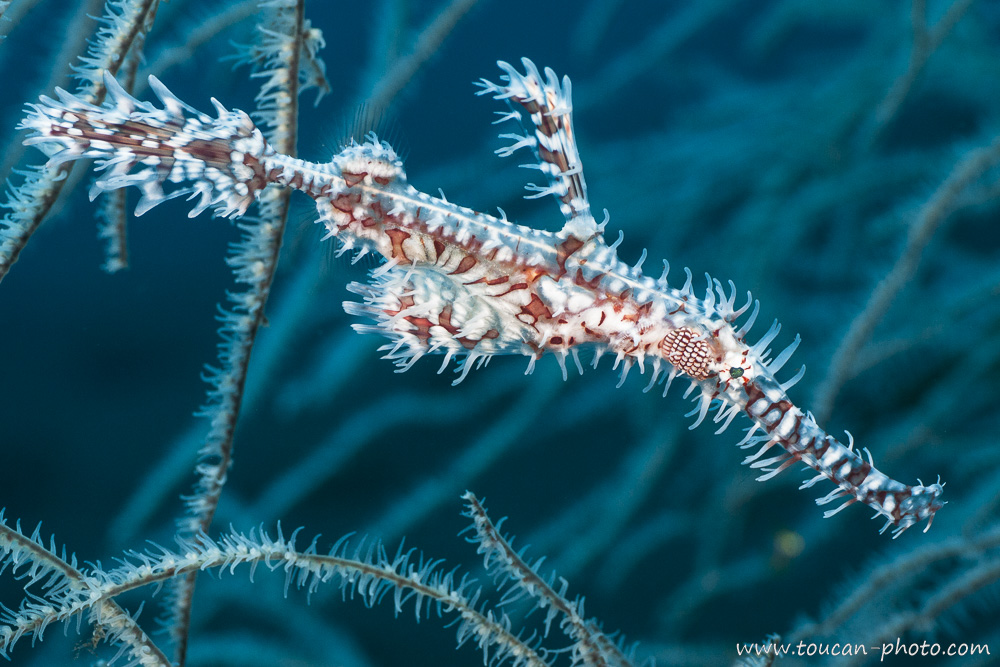
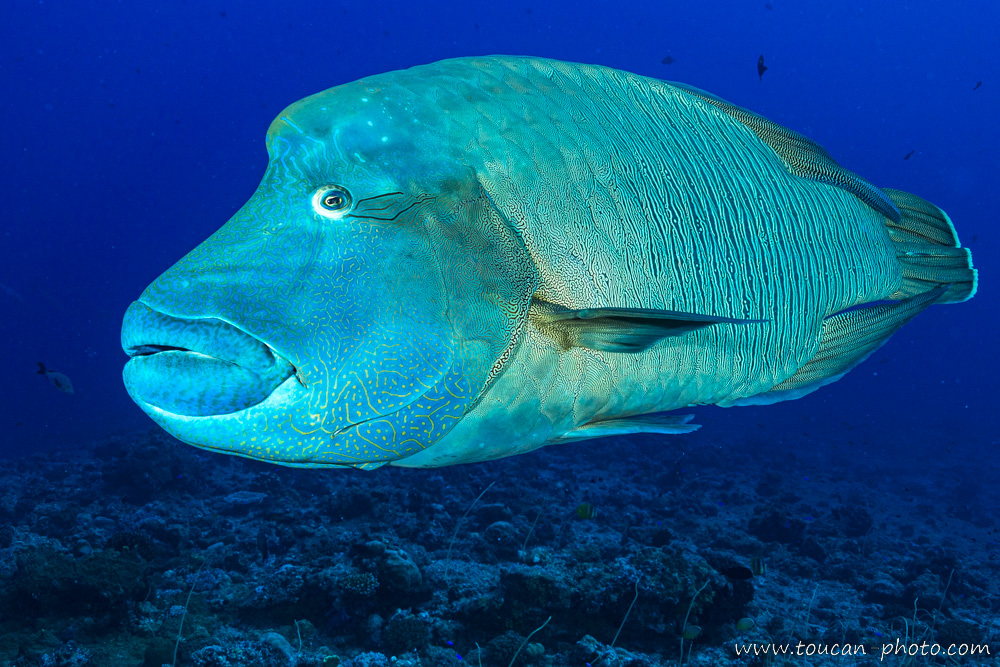
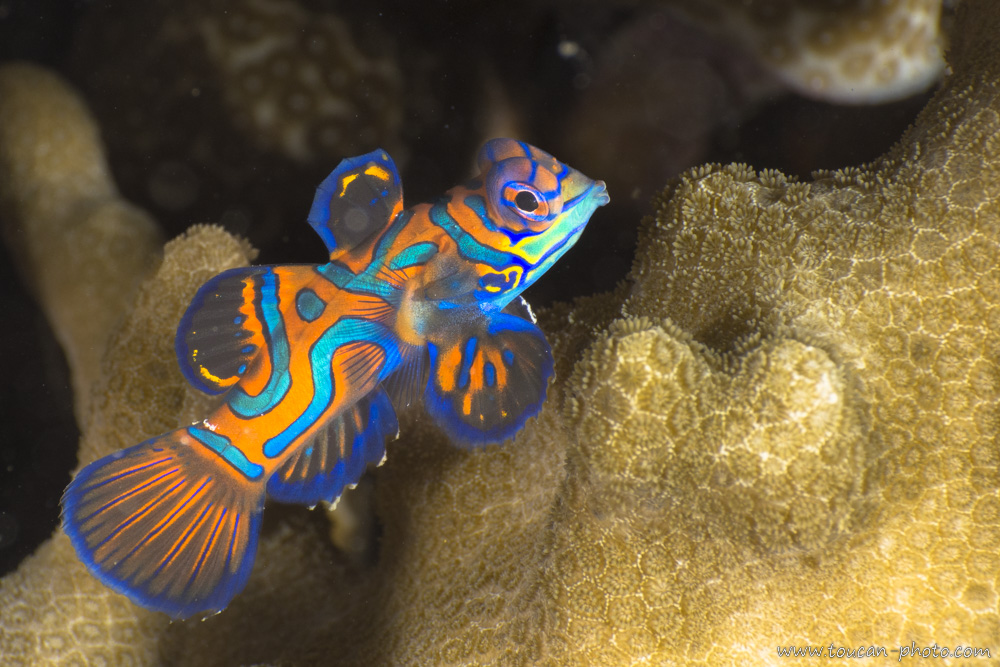
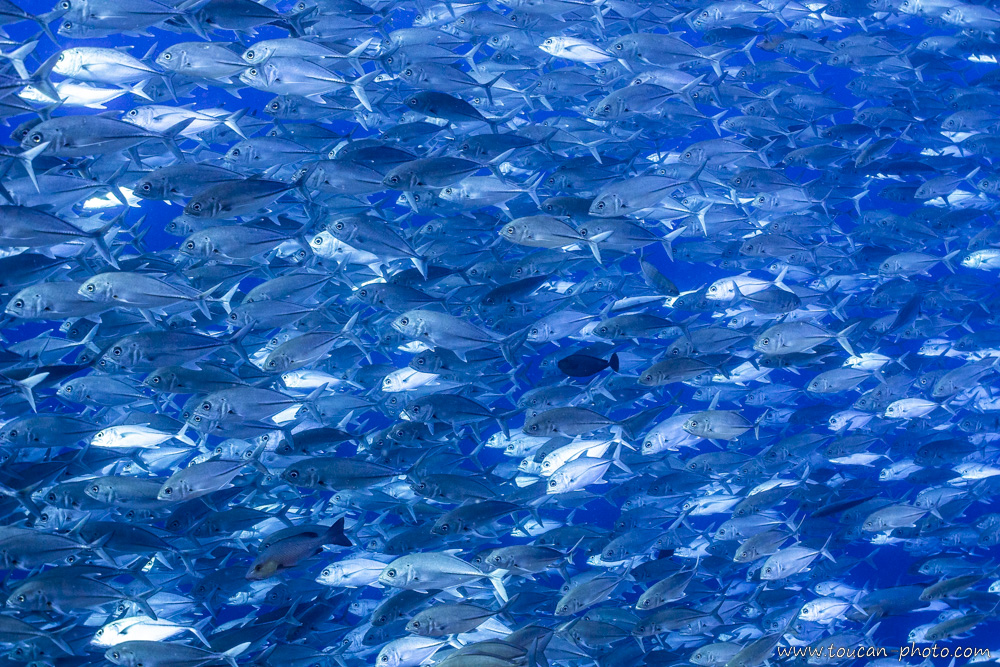
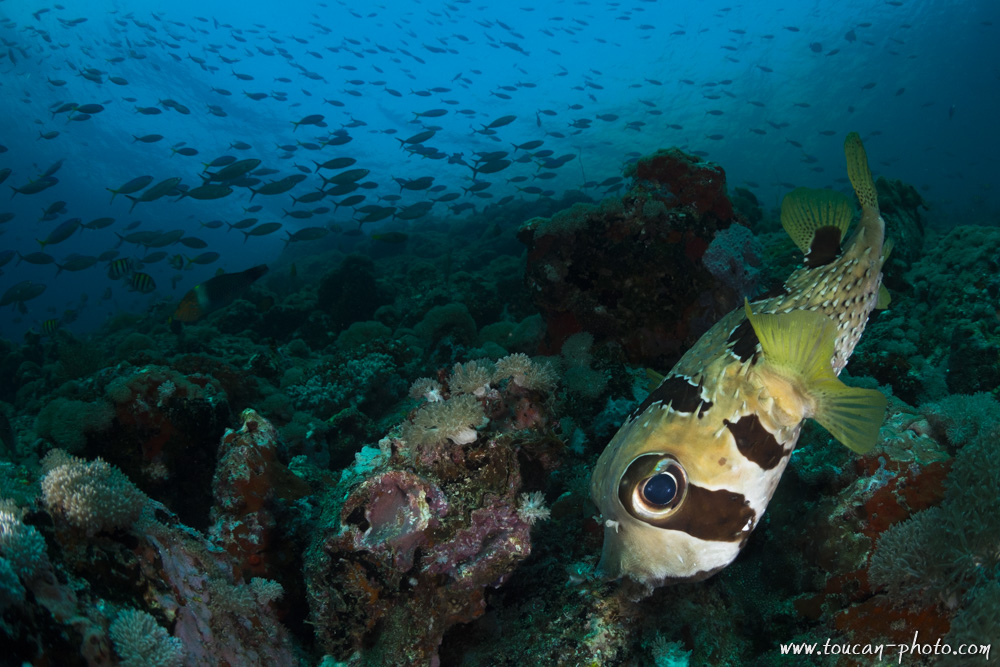
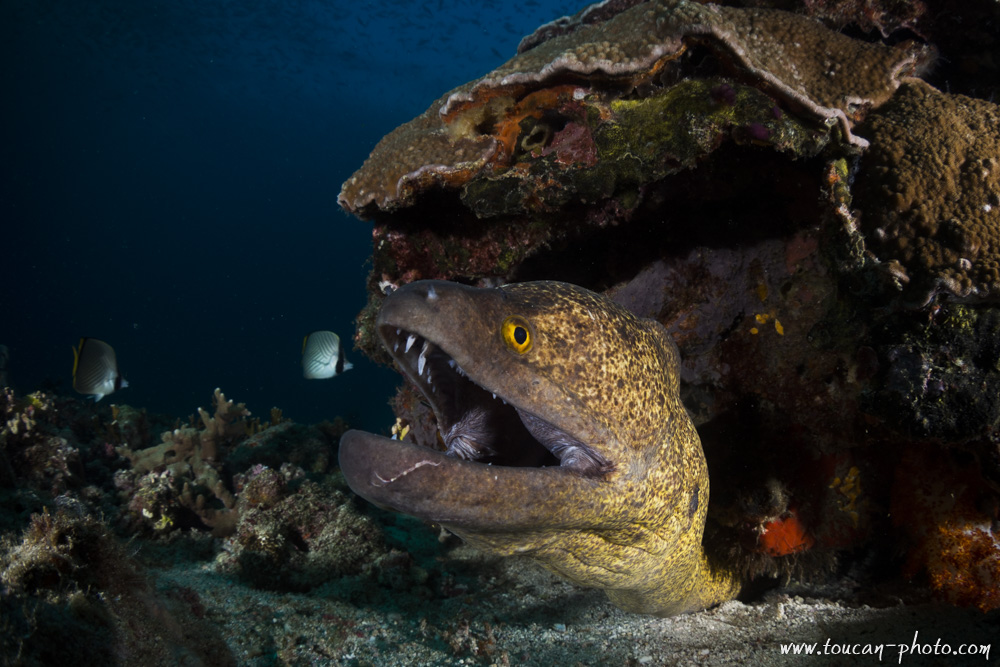
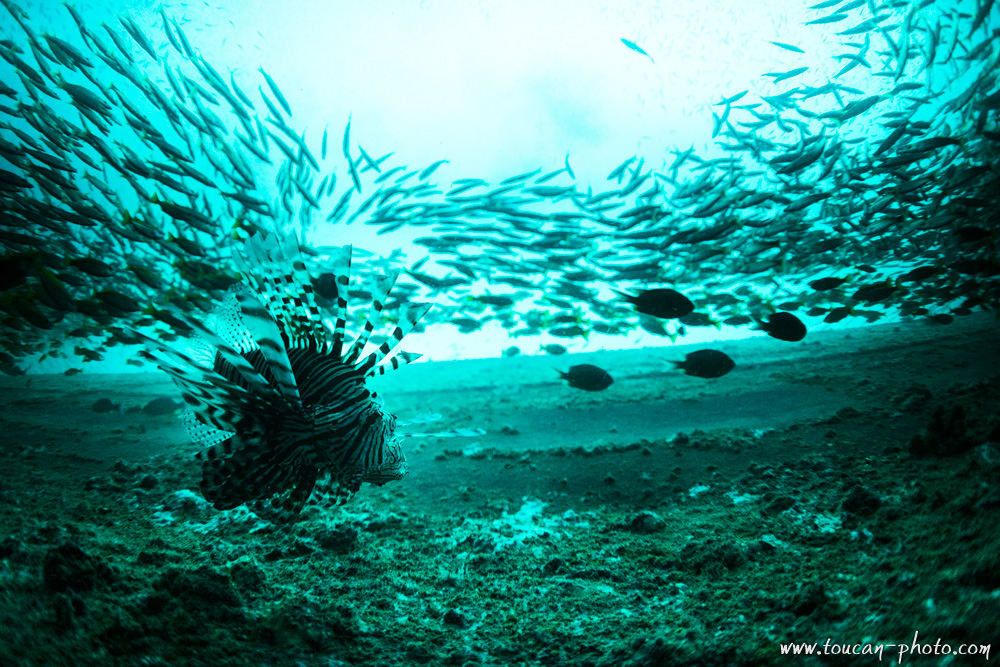
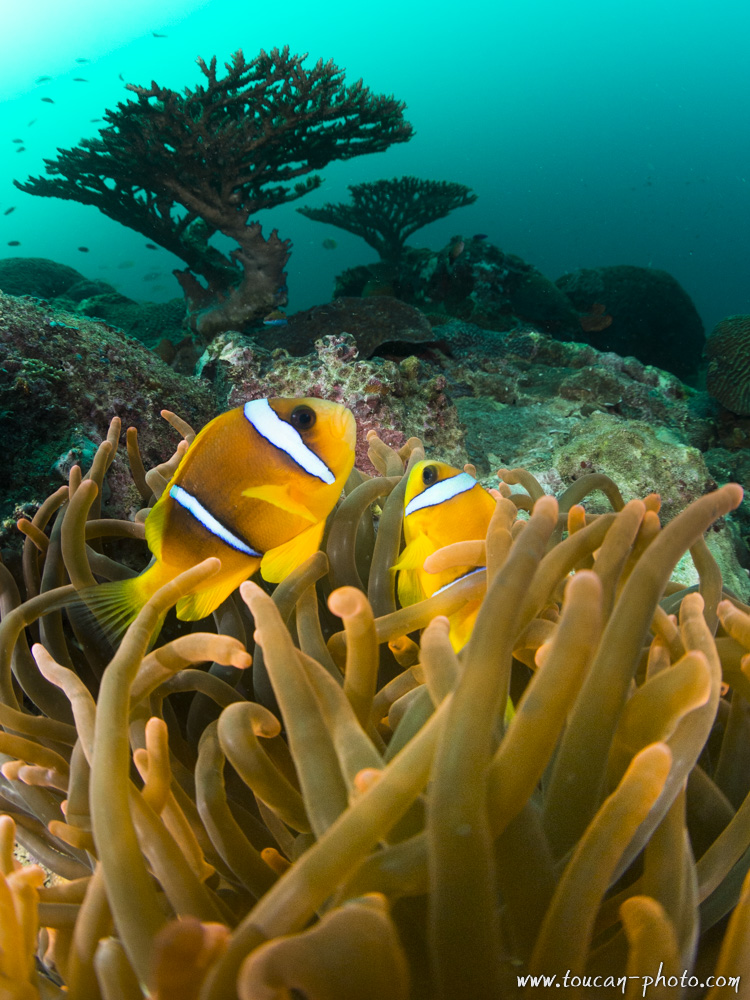
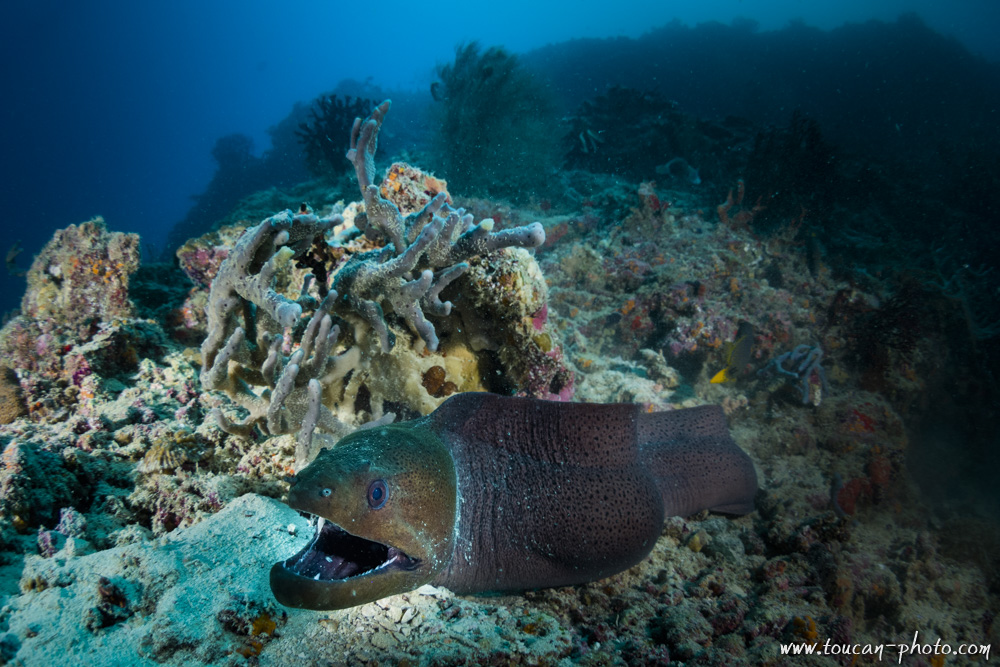
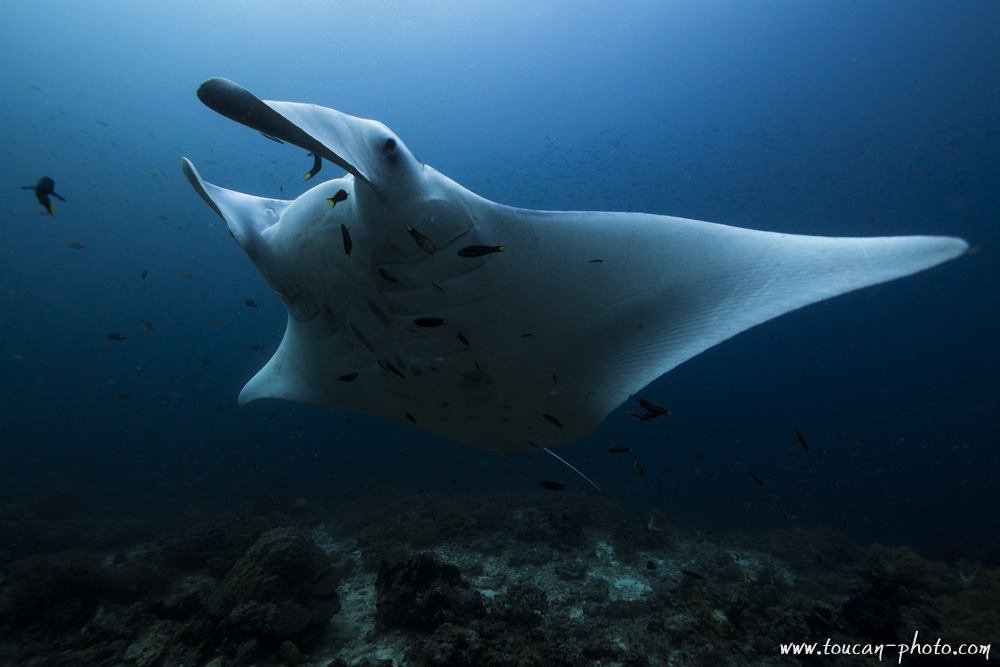
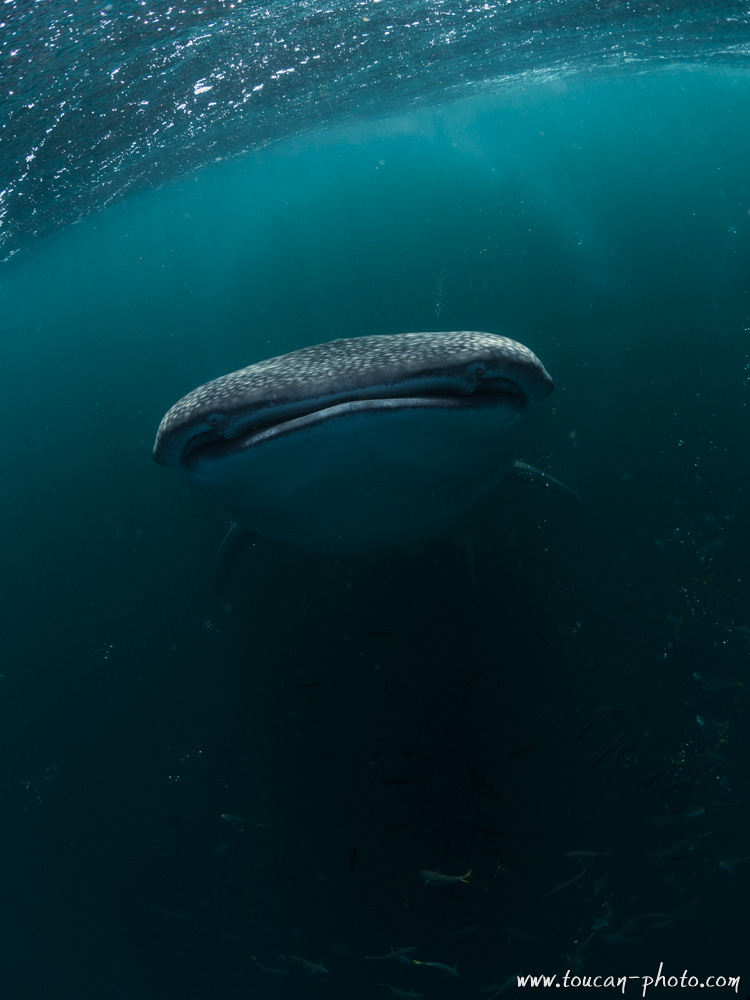
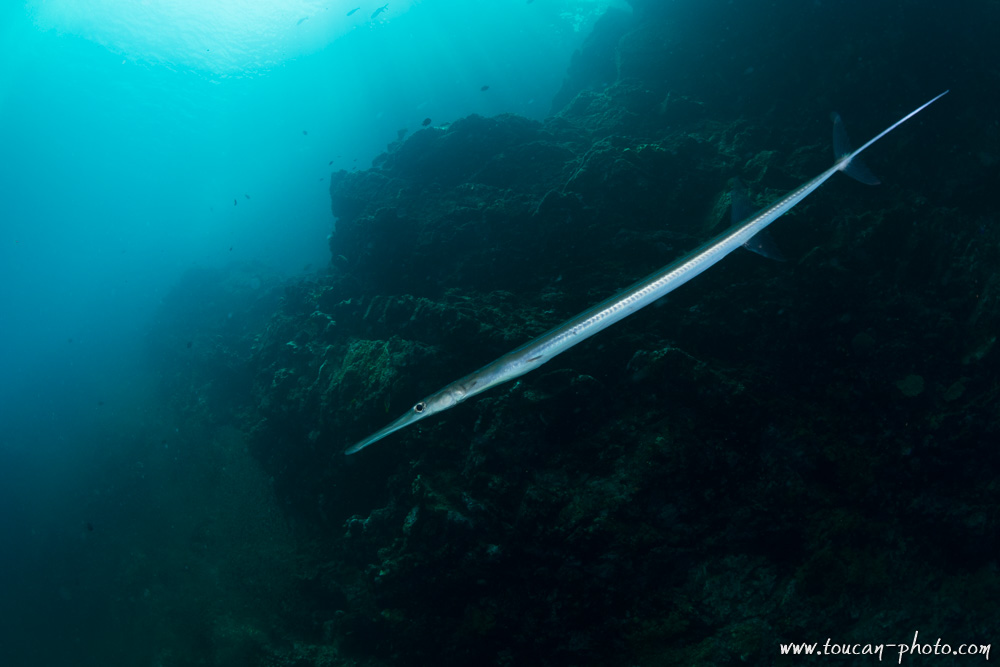
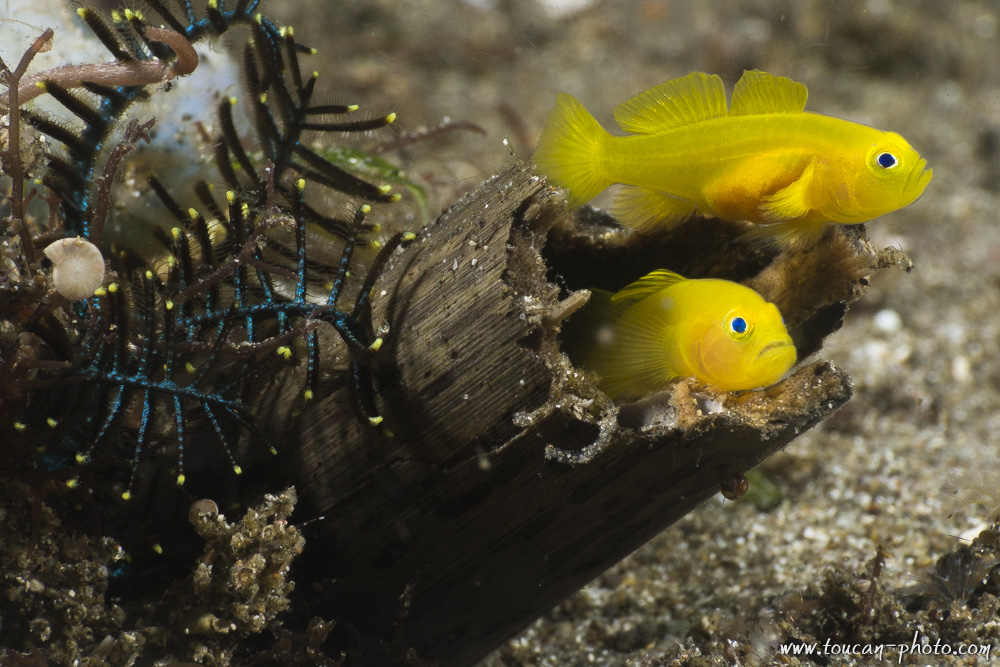
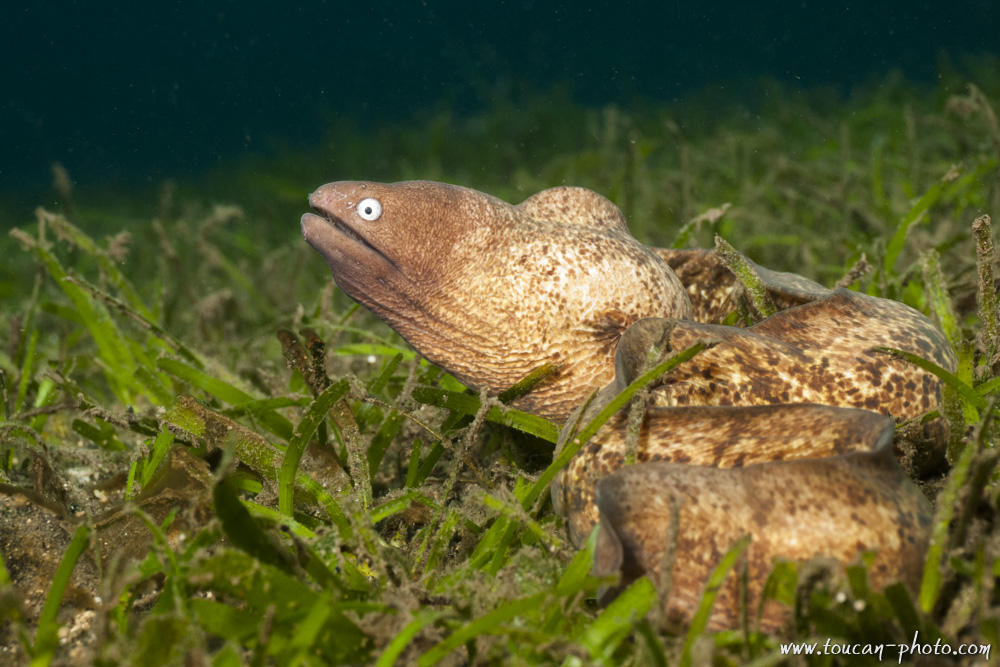
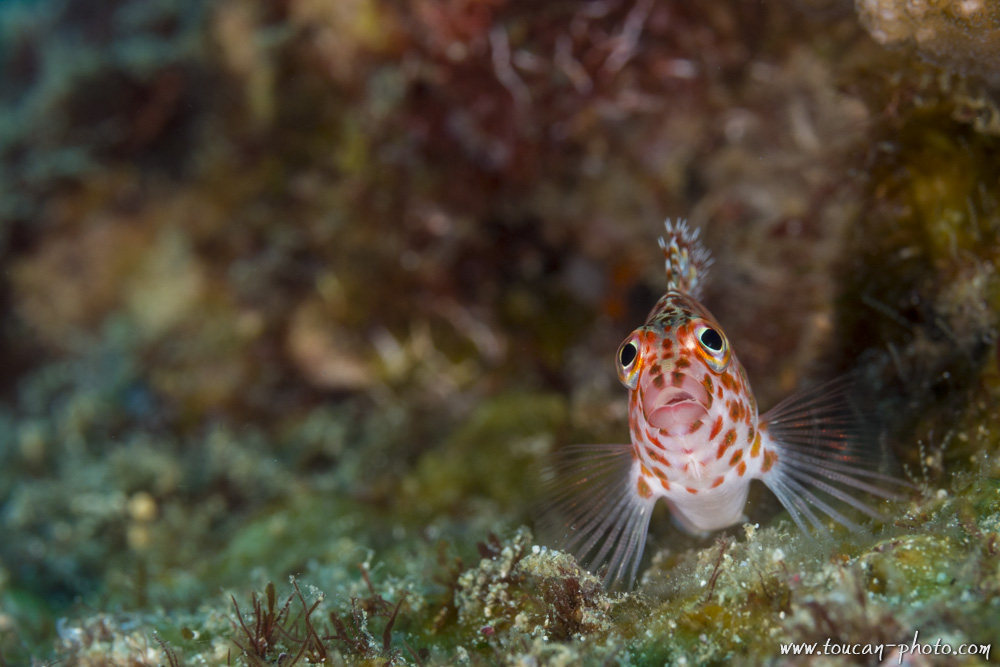
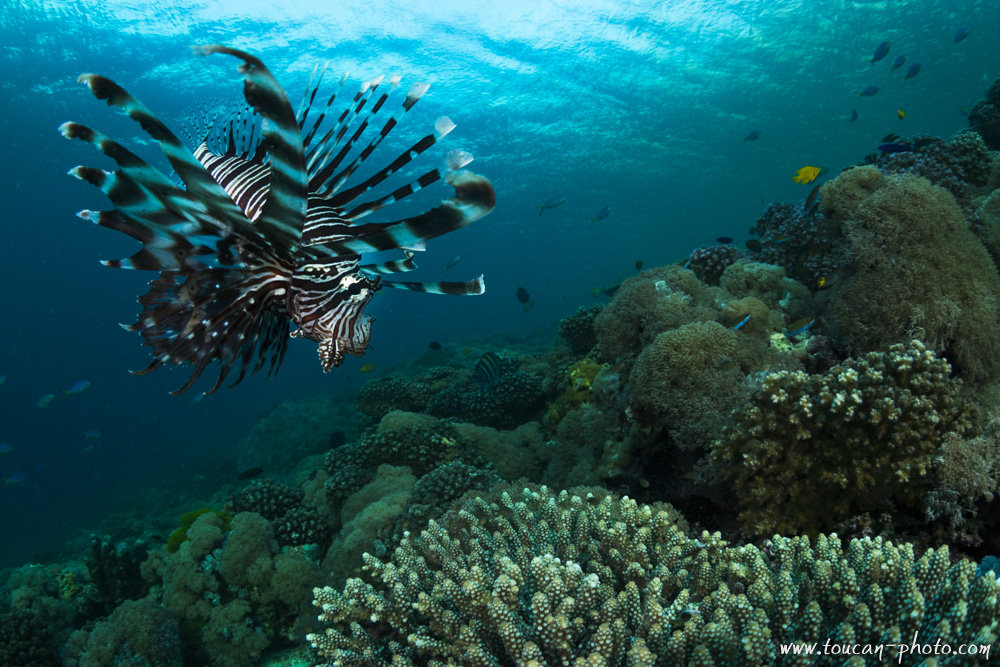
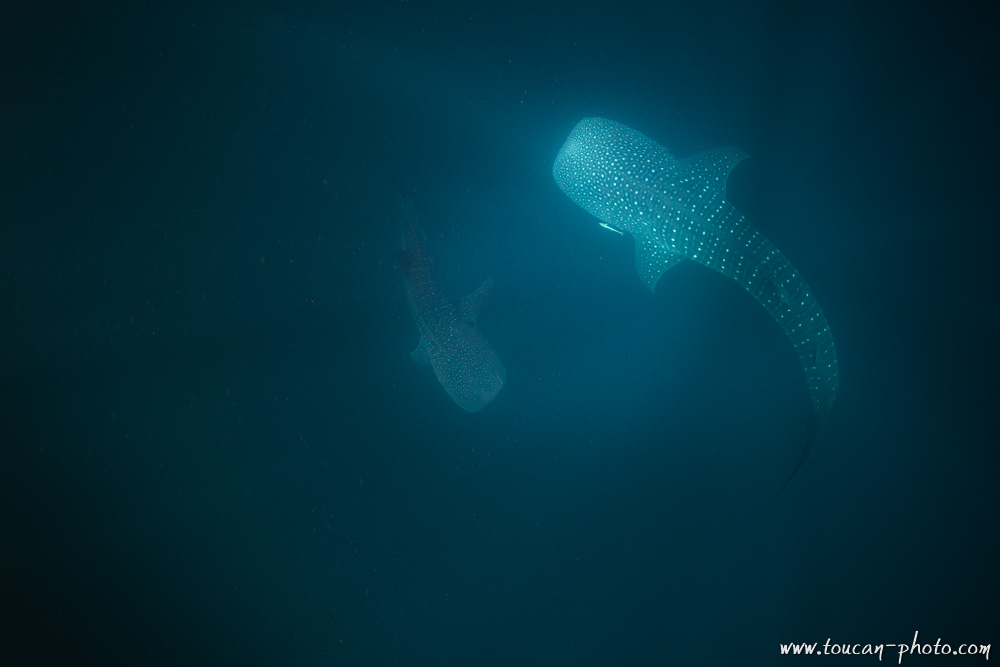
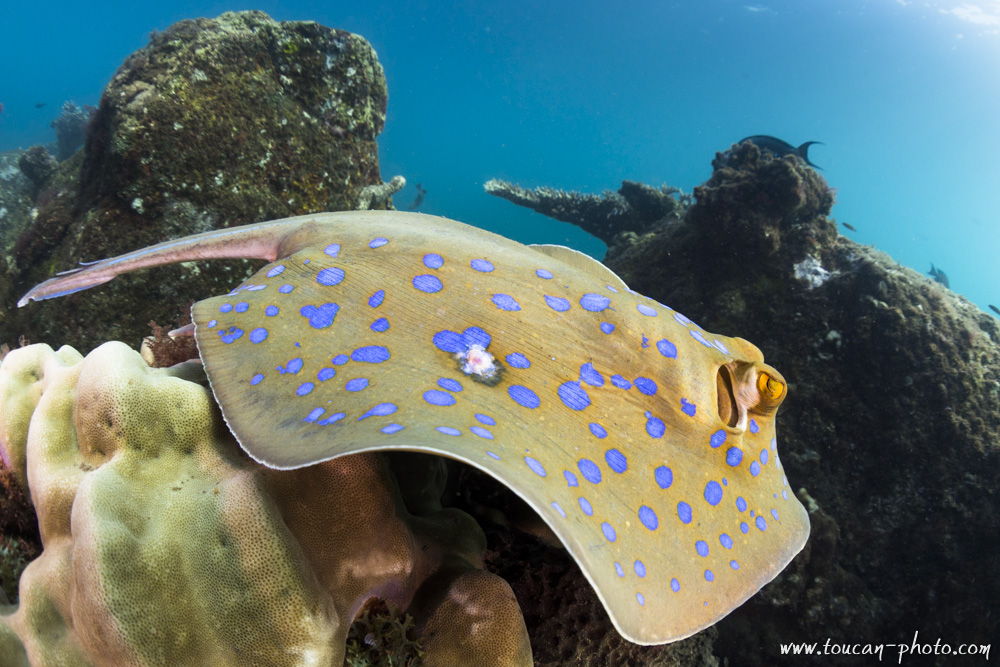
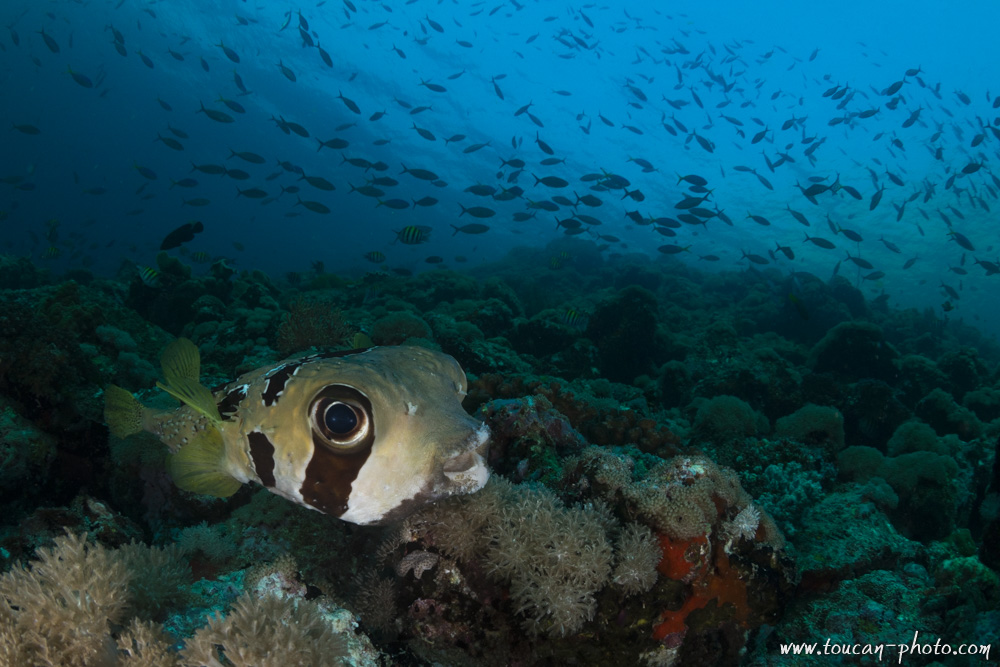
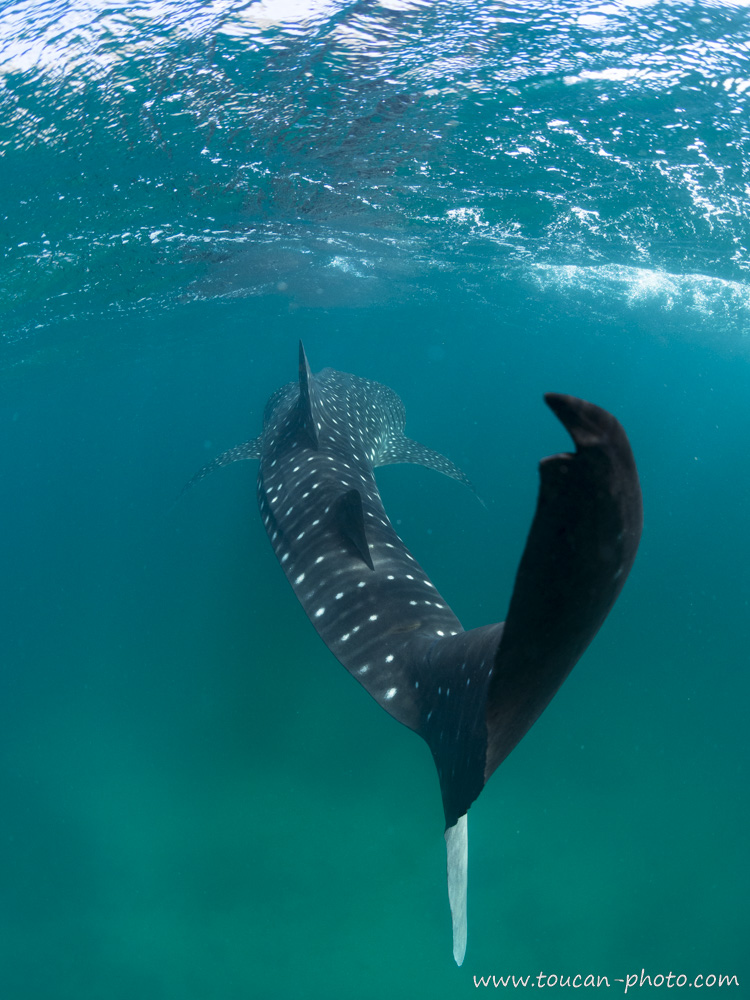
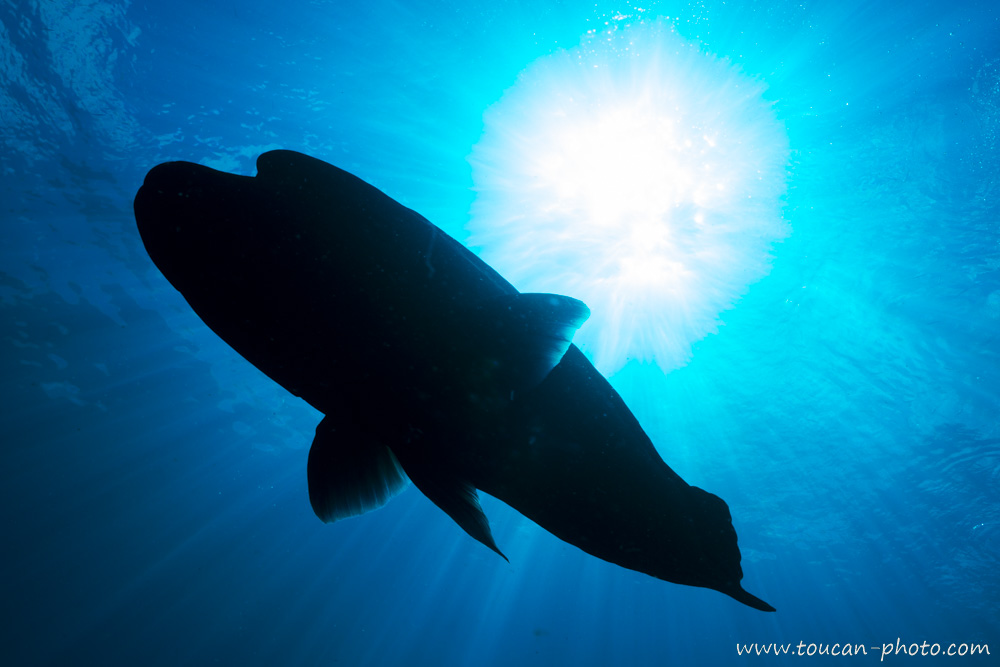
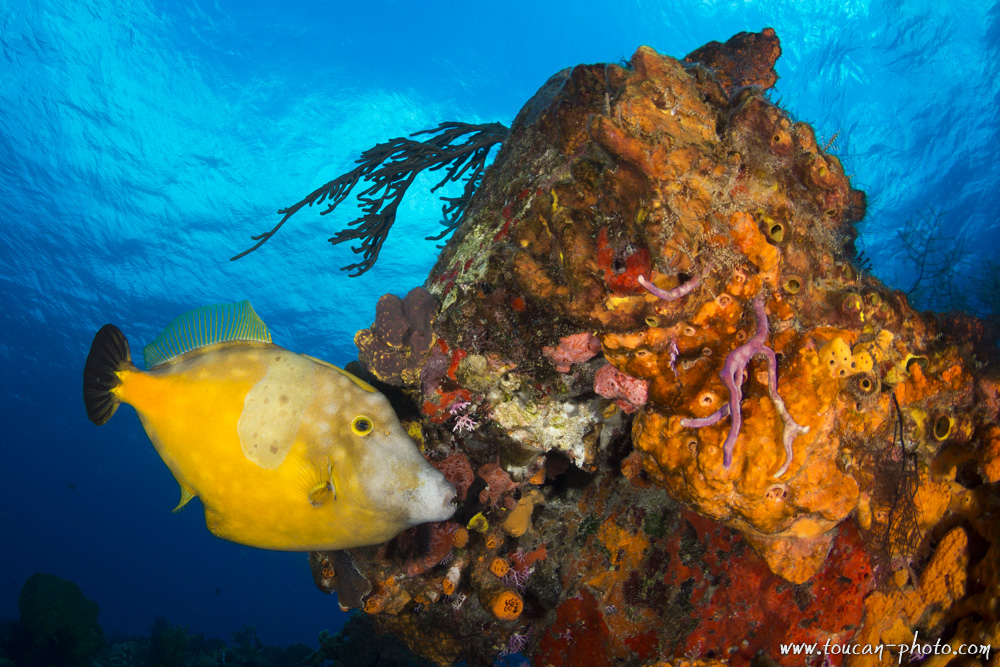
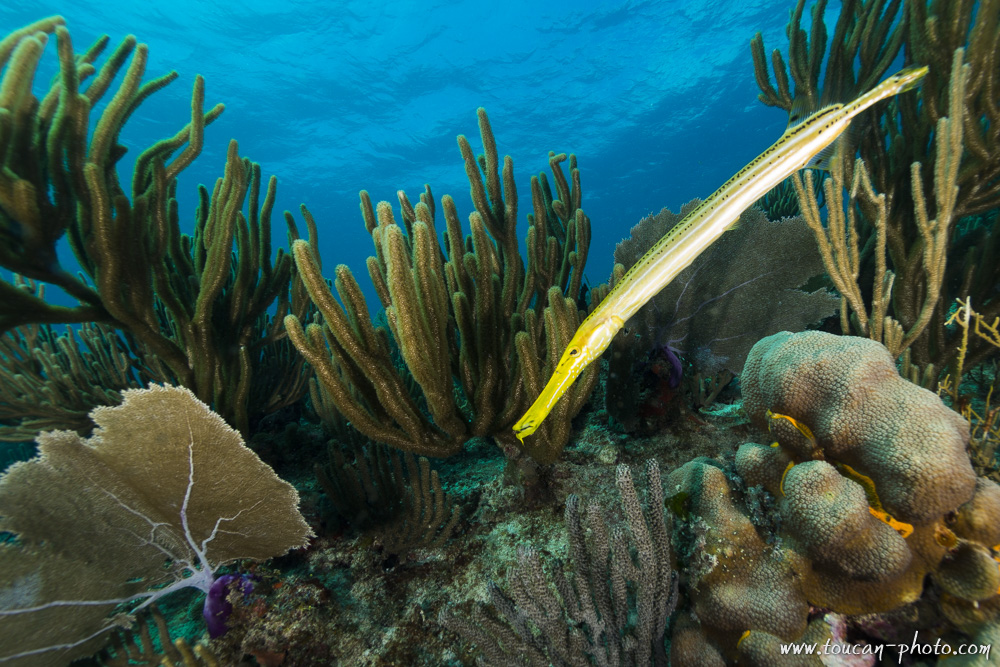
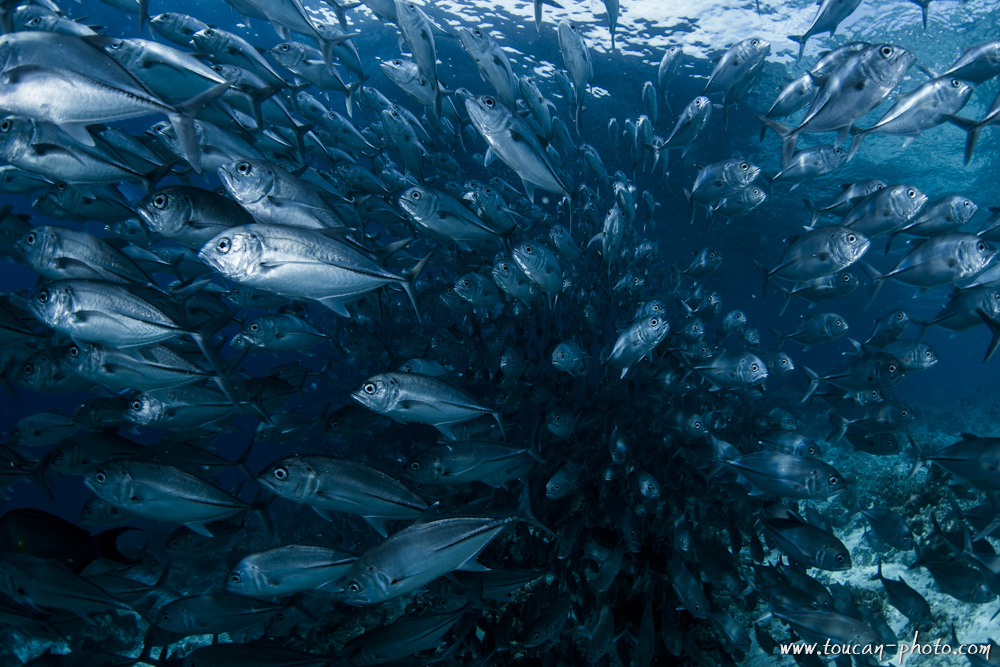 School of bigeye trevally (Caranx sexfasciatus), Celebes Sea
School of bigeye trevally (Caranx sexfasciatus), Celebes Sea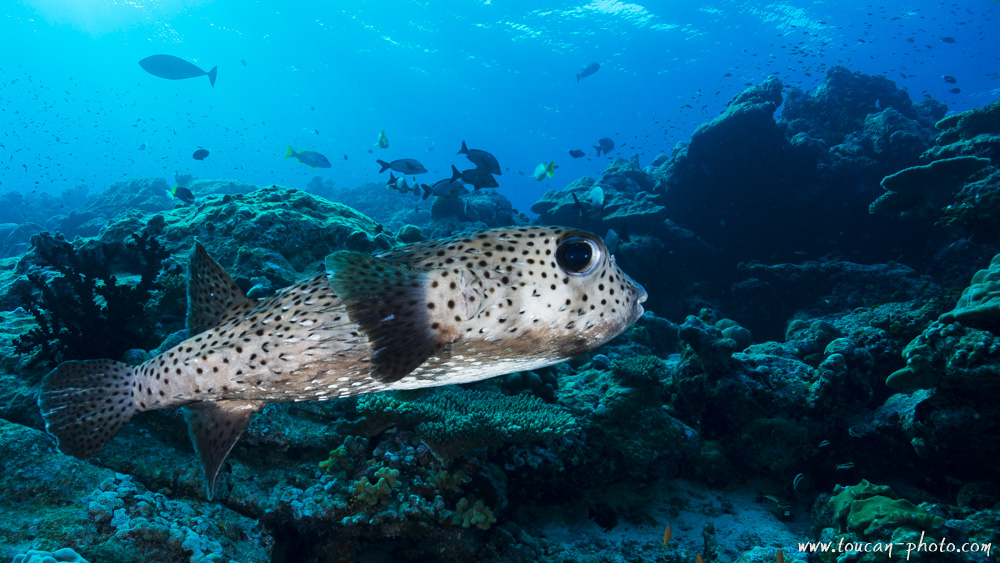 Spot-fin porcupinefish (Diodon hystrix), Maldives
Spot-fin porcupinefish (Diodon hystrix), Maldives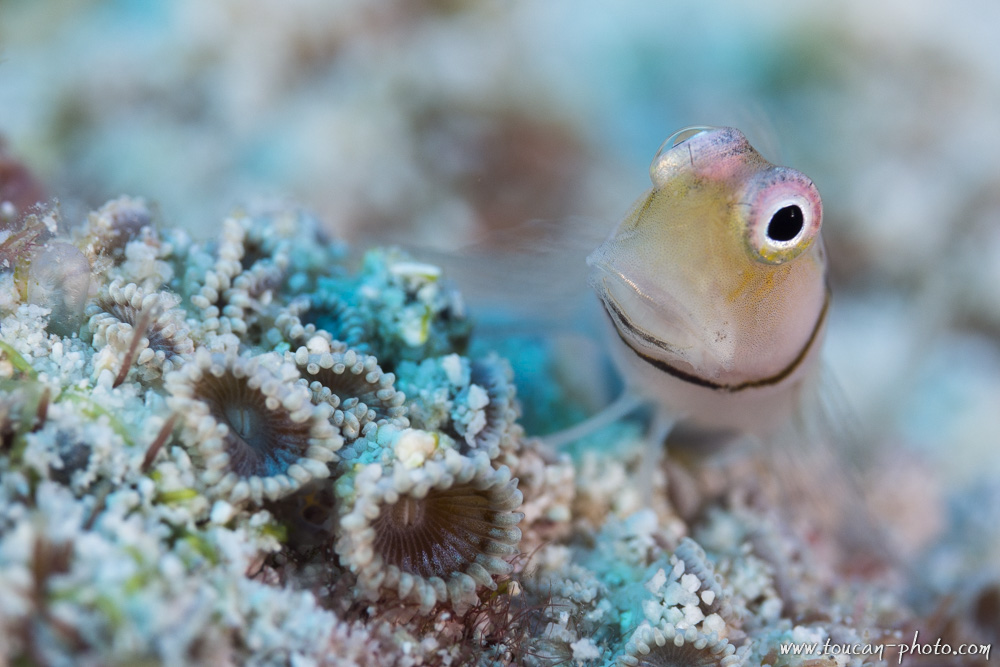 Maldives Blenny (Ecsenius minutus)
Maldives Blenny (Ecsenius minutus)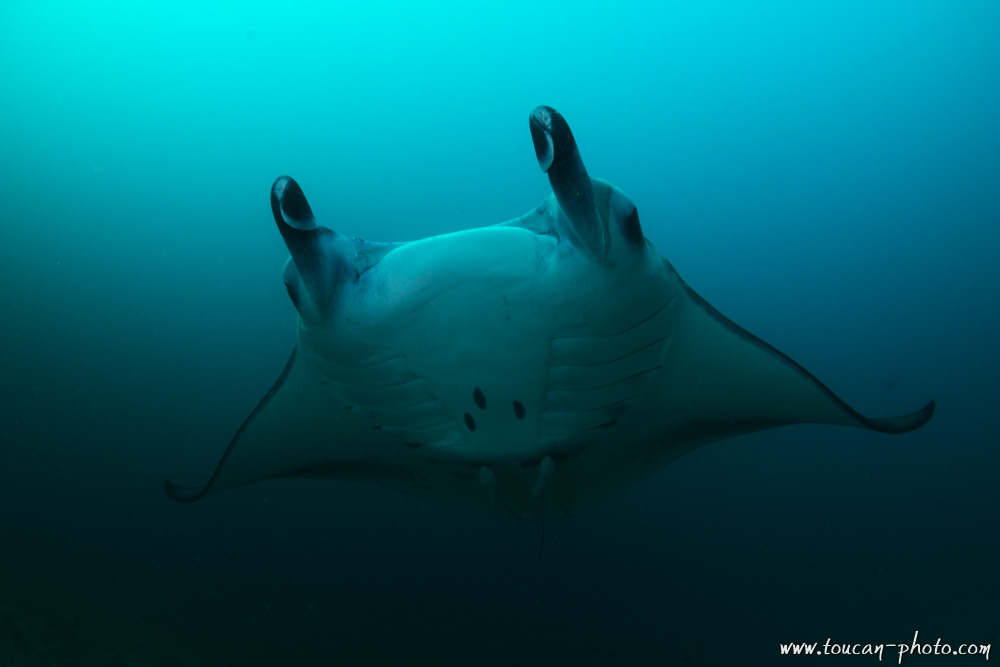 Manta Ray
Manta Ray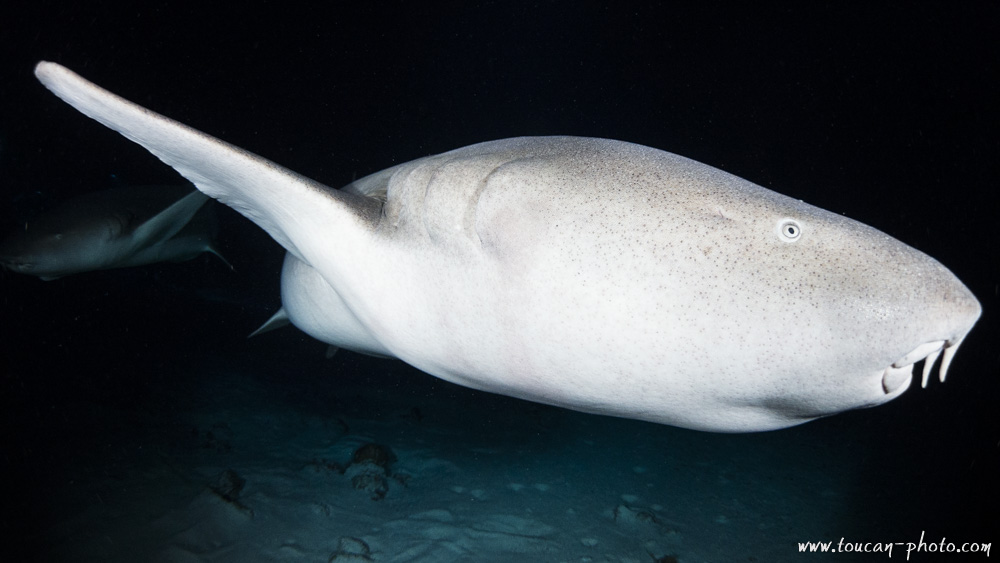 Tawny nurse shark (Nebrius ferrugineus), Maldives
Tawny nurse shark (Nebrius ferrugineus), Maldives